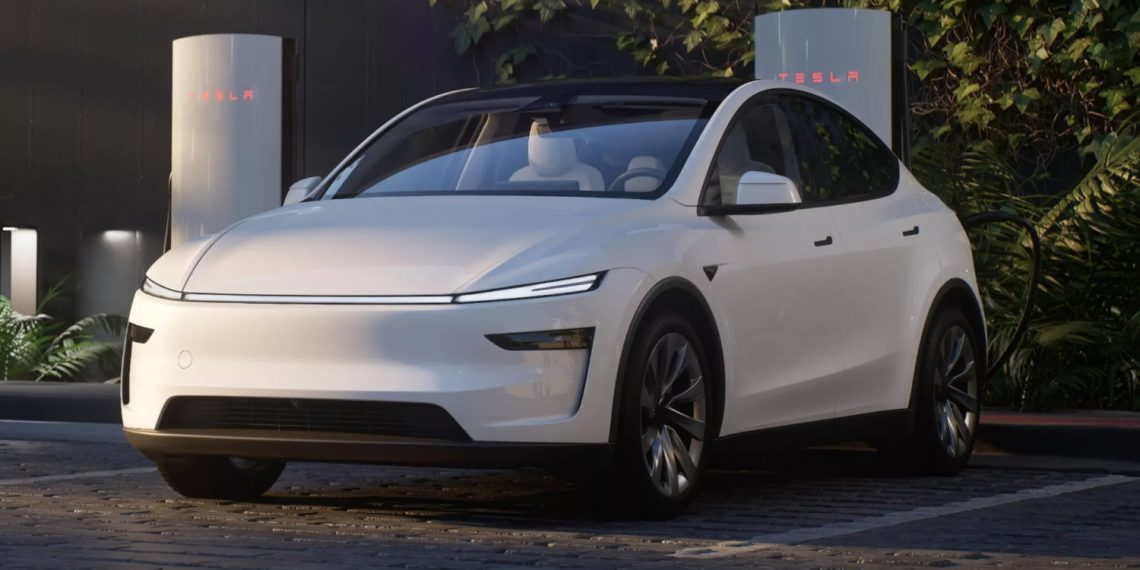Tesla announced that second-quarter sales fell by 13% compared to the same period in 2024, below analysts’ expectations, even after Elon Musk stated in April that sales had improved.
Elon Musk’s company now needs to deliver over one million electric vehicles in the second half, which is typically strong, to avoid a second consecutive decline in annual sales.
Analysts believe that the task will not be easy, due to the economic uncertainty generated by tariffs, as well as Donald Trump’s decision to gradually eliminate important incentives for electric vehicles, including a $7,500 credit on new sales and leasing.
Tesla’s sales fell to 384,122 units in the quarter between April and June, compared to 443,956 units sold in the same three months last year. Nevertheless, the number represented a 14% increase compared to the period from January to March 2025.
Although Tesla has resorted to offers such as low-cost financing to boost demand for its models, analysts say that Elon Musk’s brand needs to launch cheaper electric vehicles, long promised, to compete with models from Chinese brands that continue to capture the market.
The results revealed show some optimism, according to analysts. Sales of the Model 3 and Model Y totaled 373,728 units, above the Wall Street analysts’ estimate of 356,000.
In June, Tesla ended eight consecutive months of declining sales in China, a sign that the refreshed Model Y was attracting buyers, despite strong competition from more affordable Chinese rivals like BYD.
Some analysts note that Tesla benefited from its premium and reliable brand image in China, where local buyers are increasingly cautious about domestic brands that resell lightly used vehicles as new.
Tesla’s sales also increased in Norway and Spain last month, with the new Model Y driving sales in a region where Musk’s policies had caused Tesla’s sales to plummet.









